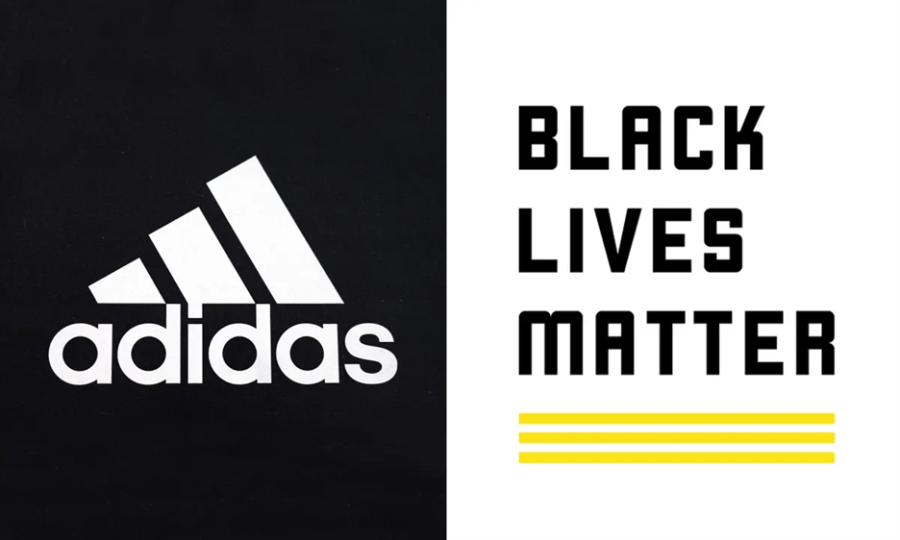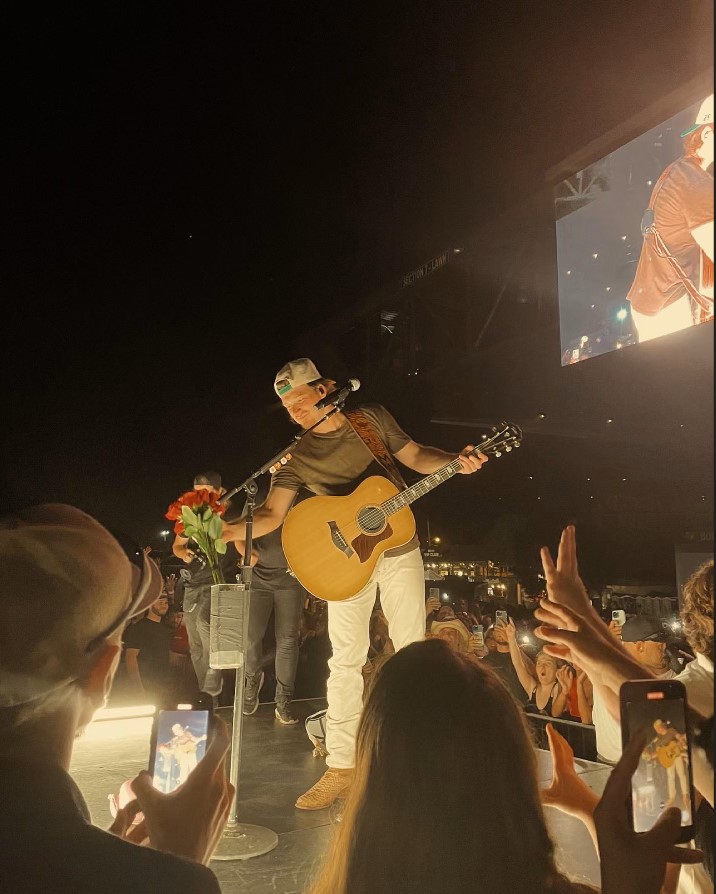Pop music is defined as a genre that continually redefines itself to stay relevant at the top of the charts. Artists like Ariana Grande, Beyonce, Adele, Ed Sheeren, Bruno Mars and Lady Gaga all come to mind when talking about pop music, but Julia Holter should probably come onto your radar.
Pop music is a much bigger “genre-net” than what radio wants you to believe and Holter is one of those underground, genre-defining, pop artists challenging listeners to explore and look deeper into what pop music could be.
On the surface she has influences in art pop, ambient pop and avant-guard pop and her fifth record, “Aviary,” has her dive straight into the barrel and dig deep for unexplored pop soundscapes.
She pulls elements of progressive pop, indie pop, baroque pop, dream pop, chamber pop, drone and spoken word on her newest record to record one of the densest and most complex albums in the last decade.
I want to start with the one glaring negative since it holds this album back a good amount from being a flawless record; the fact that most cuts have this monumentous and grandiose build that ends quite abruptly, with no significant climax at the end.
Every beautifully arranged and orchestrated track creates a dreamy and lush, yet dark and chaotic, soundscape to keep your ears interested. However, they all end without coming to a satisfactory conclusion that is desired and needed.
If it was only one or two songs it would be fine, and if the record was 40 minutes long, but this album is a monstrous 90-minute listen with songs averaging out to six minutes apiece. You are buckled down from the start.
However, individually, Holter creates a sonic vision with every song. For example, “Everyday is an Emergency” starts out with a cluttered, loud and abrasive bagpipe- driven piece that turns into a piano-driven track that slowly winds you deeper into this blackening hole.
The track represents the chaos that occurs daily from natural disasters to shootings, so the feeling and texture Julia creates is perfect for the ideas she is portraying in the track.
“Words I Heard” is a poetic look at the horrendous experience that people in the Middle East live every day, such as bombings and missile strikes.
She explains how humans, including herself, cannot begin to understand what these people go through from their chairs and couches in their safe and warm home through their expensive television screens.
I could keep on explaining each track, but honestly I do not have the time or the patience to sit through these several times in a day. This idea is the exact conclusion that I can come to with this record.
Every time I listen to this album, I grow to appreciate it more and more. Every song is a grand, stunning, sophisticated, ambient, wistful, abstract, dark, twisted and abrasive track with layers upon layers of instrumentation, vocals, synths, drones and poetry.
They introduce the listener to a painstaking yet introspective look at what Holter sees within herself as a songwriter, person, friend, human being, woman, voter and advocate for change.
However, the album as a single piece of art might be too long for its own good. It is littered with small flaws, unneeded tracks and too complex/textural sonic pictures. It would take hours of listening to decipher the whole record.
If you have unlimited time in your day to break down this art piece, then go for it; the rest of us will admire it from a far.
Like the running joke in abstract art: this piece represents the chaos that runs through the world today … I see a bunch of lines that make a cool-looking picture, so I give it a 4.4/5.
Happy listening, Gannon University!
ALAN COLLINS
[email protected]








